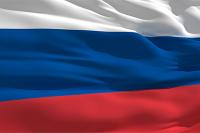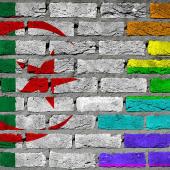The Russian ceramic tile market shows recovery

In 2017, the Russian ceramic tile industry was able to face the ongoing contraction in the building sector in a better way compared to other building material sectors.
While cement production dropped by 2% to 54 million tonnes, and clay bricks decreased by 4% to 5.28 billion pieces, the Russian tile industry saw its output recover slightly from the previous year’s fall to reach 164 million sq.m. Wall tile production rose by 8% to return to 2015 levels of 75 million sq.m, whereas the contraction in the floor tile segment continued (89 million sq.m, -3%).
The Russia ceramic tile manufacturers were also able to increase their exports, which are estimated at around 26 million sq.m in 2017 (+8%). They were mainly shipped to the markets of Central Asia and the Caucasus region, with additional growth in Europe and the United States (Estima has a sales branch in California).
In 2017, domestic consumption also picked up, estimated at around 180 million sq.m (+3%), while imports showed the first signs of recovery following 3 consecutive years of contraction and climbed to around 42 million sq.m (+11%). The main exporter countries, Belarus, Ukraine, Italy and Spain, saw growth of between 9% and 13%.
Kerama Marazzi (Mohawk Group) confirmed its position as Russia’s largest producer, closing 2017 with an output of 34.8 million sq.m and double-digit revenue growth. Its results were also boosted by the expansion of its operations in the bathroom furnishing sector. In addition to the Continua+ line for porcelain panel production that was started up in January 2017, the first of the two porcelain tile lines in the new Orel factory began operating in December 2017. Further investments in both porcelain and double fired tile production are planned for 2018.
Did you find this article useful?
Join the CWW community to receive the most important news from the global ceramic industry every two weeks





















